As a mom who has been through the postpartum journey three times, I can tell you that having the right postpartum recovery essentials can make all the difference between struggling and thriving during those first weeks with your newborn. This guide shares my battle-tested postpartum must-haves that supported my physical healing, emotional wellbeing, and helped establish healthy sleep patterns for my babies without resorting to cry-it-out methods. These postpartum recovery tips come from real experience, not just theory!
Physical Recovery Essentials You’ll Actually Use
The Hospital Bag Heroes
The items you pack for the hospital set the foundation for your postpartum recovery. After three births, I’ve perfected my list:
- High-waisted, dark-colored underwear (5-6 pairs) – Save your good ones for later and opt for comfort now
- Perineal ice packs – These provide incredible relief, especially after vaginal births
- Frida Mom Perineal Healing Foam – Far more effective than traditional spray bottles
- Nursing-friendly pajamas and gowns – Prioritize front openings and soft, breathable fabrics
- Nipple cream – Apply before problems start, not after
Pro tip: Create a small “bathroom recovery station” basket before you deliver so everything is organized when you return home.
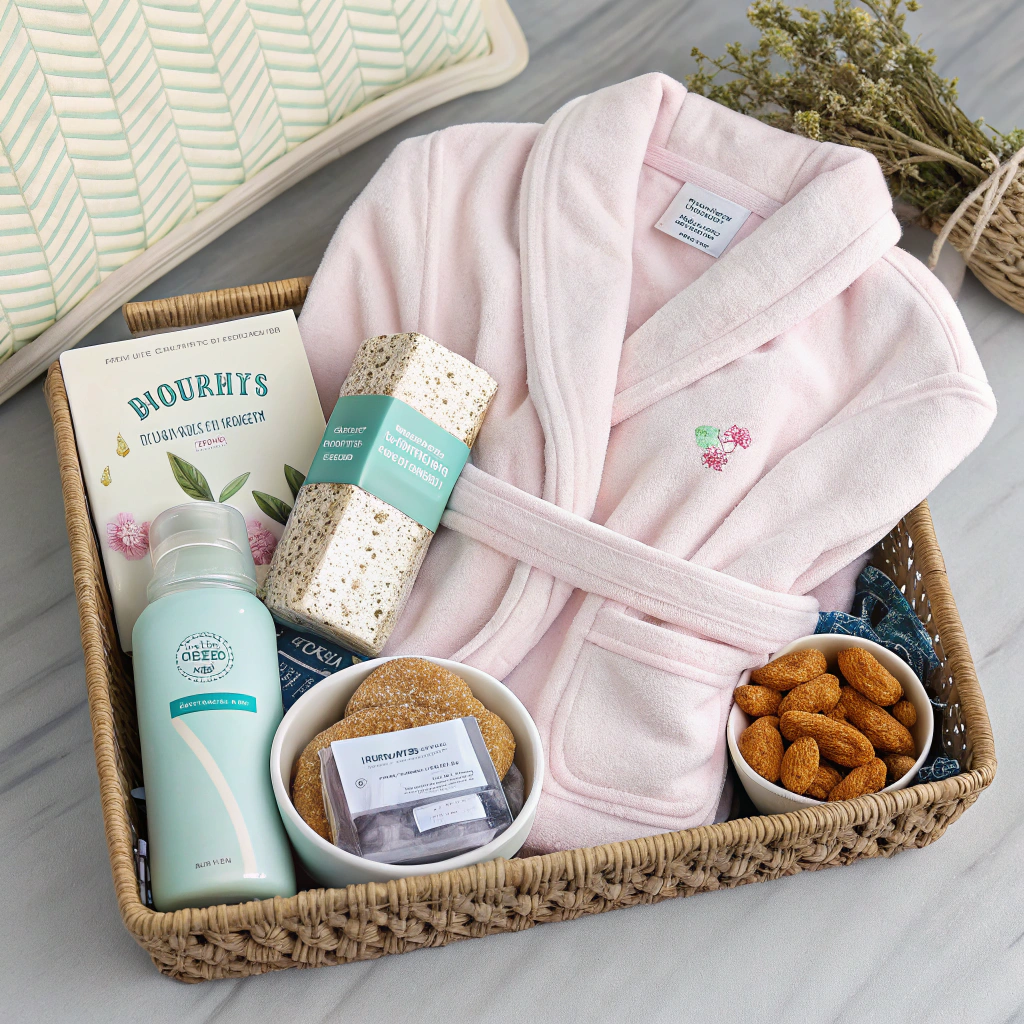
At-Home Recovery Support
Once home, these postpartum recovery must-haves helped me heal faster while managing newborn care:
- Peri bottle – The hospital will provide one, but investing in an upside-down version is worth it
- Sitz bath with herbs – Speeds healing and provides relief from stitches and soreness
- Belly band – Provides crucial support, especially for c-section moms or those with diastasis recti
- Stool softener – Trust me on this one; start before you need it
- Comfortable nursing bras (3-4) – Get sized professionally during your third trimester
Remember: Your physical recovery needs to be prioritized, not pushed aside. These tools aren’t luxuries—they’re necessities.
Gentle Sleep Solutions for Newborns that Don’t Involve Crying It Out
As a mama who sought out gentle sleep solutions, I found these postpartum supplies I used to create healthy sleep associations, without allowing my babies to cry it out.
Creating a Sleep-Friendly Space
The sleep space greatly influences your baby’s ability to settle and remain asleep :
- Blackout curtains – allows for a consistent sleep environment, no matter the time of day.
- White noise machine – simulates the womb, and muffles household noises that could startle baby.
- Swaddle blankets with velcro – makes it easy to swaddle securely, especially during 3 am changes.
- Room thermometer – keeps the recommended sleep range of 68-72 degrees Fahrenheit (20-22 degrees Celsius).
Safety notice : Always follow safe sleep recommendations by the American Academy of Pediatrics.
No-Cry Sleep Techniques that Worked For Us
Gentle sleep routines created the right environment for my babies to lengthen their sleep stretches on their own :
- The 5 S’s method (swaddle, side/stomach position while awake, shushing, swinging, and sucking)
- Wake windows – Knowing your baby’s natural rhythm helps avoid an overtired baby
- Sticking to but being flexible on your routine – simple cues (dimmed lights & short lullaby) indicated to my babies when it was time to sleep
- Dream feeding – this was a feed right before you lie down to sleep, this can get you baby’s longest stretch to be longer
Using these post-partum essentials for my sleep initially helped me avoid sleep training techniques I wasn’t comfortable with, and still get the rest I not only needed but wanted.
Emotional Support & Self-Care Essentials
While the physical aspects of postpartum recovery should not be overlooked, the emotional aspect is equally important. These postpartum essentials were a huge part of my plan for mental wellbeing :
Digital Support Resources
- Meditation apps that feature postpartum specific content
- Online support groups to connect with people during those middle-of-night feeding sessions
- Postpartum specific playlists to elevate mood and excitement or help relax
- A photo storage plan set up before birth for capturing memories without added stress
Functional Self-Care Tools
- Shower steamers with eucalyptus to incorporate moments of self-care to even a small level
- Insulated water bottle to stay hydrated while nursing
- Gift cards for meal delivery service – the #1 most practical gift you can receive from family/friends
- Dry shampoo and face wipes for all those days when showering is not in the cards!
Keep in mind that emotional recovery is not linear. If you plan ahead, having these postpartum recovery essentials will help create a bit of a safety net should difficult days arise!
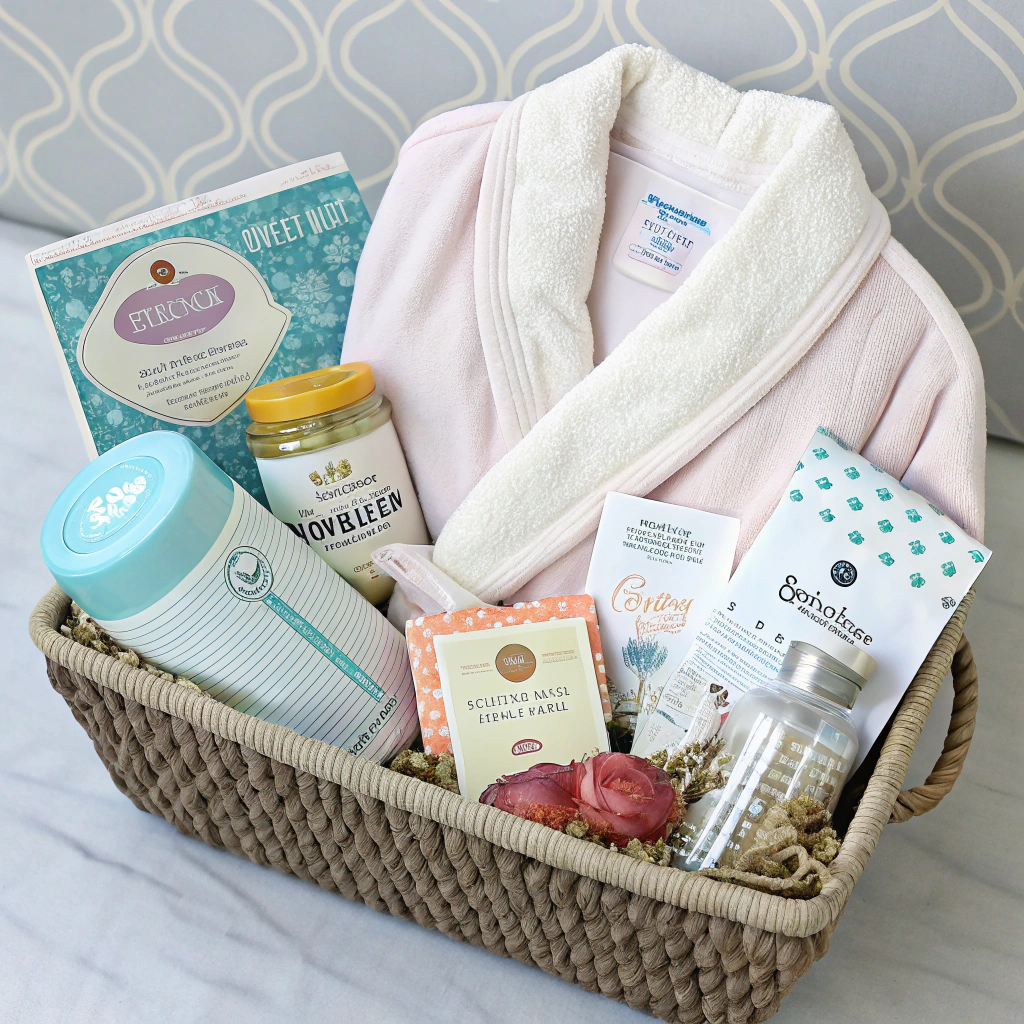
Conclusion
The postpartum period deserves proper preparation and support. These postpartum recovery essentials have helped me through three different recovery journeys, making each one progressively smoother. While every mother’s needs differ, investing in quality postpartum must-haves for physical healing, newborn sleep, and emotional wellbeing creates a foundation for a more peaceful fourth trimester.
Remember that using these postpartum recovery tips isn’t about achieving perfection—it’s about making this transition period gentler for both you and your baby. If you found these suggestions helpful, please share this guide with an expecting friend who might benefit from real postpartum recovery advice from someone who’s been there.
Frequently Asked Questions
What are the absolute must-have items for postpartum recovery?
The non-negotiable postpartum recovery essentials include a peri bottle, maxi pads, comfortable underwear, nipple cream (if breastfeeding), a water bottle to stay hydrated, stool softeners, and comfortable front-opening clothing. These basics address your immediate physical needs during the first week after delivery.
How long does postpartum recovery typically take?
Physical postpartum recovery generally takes 6-8 weeks for vaginal births and 8-12 weeks for cesarean deliveries, though complete healing can take longer. Emotional recovery varies greatly between individuals. Many healthcare providers consider the entire first year postpartum as a recovery period with different phases.
What helps with postpartum sleep deprivation when you have a newborn?
Implement sleep shifts with your partner, accept help for daytime baby care so you can nap, sleep when your baby sleeps when possible, and use gentle no-cry sleep techniques like white noise and swaddling to help extend your baby’s sleep stretches naturally.
Is it normal to still use postpartum recovery items beyond 6 weeks?
Yes, this is completely normal. Although there is a standard postpartum-check at 6 weeks, most women will continue to use support garments, pads, and comfort items for several months. Postpartum recovery is not linear, and it does not have a solid endpoint.
How do I help my newborn sleep better without “crying it out”?
Use consistent sleep cues, follow wake windows appropriate for their age to minimize the risk of overtiredness, movement (rocking and/or swings) for naps (in a supervised environment), white noise, swaddling, and provide an environment conducive to sleep (temperature, light, etc).
What postpartum recovery items do I need related to a C-section update?
Must have” things for a c-section recovery include high-waisted underwear (so they do not rub the incision), a belly band (support), a wedge pillow (to help with sleeping comfortably with a fresh incision), loose dresses (don’t want denim or waist bands on your active incision), silicone sheets (to help the incision heal – only after you are all healed), and easy access to things you need so you are not bending or lifting anything.
How do I make a newborn sleep routine that works?
Think about consistent wake times instead of perfect scheduling, create a simple bedtime routine from day one (as simple as 5-10 minutes), look for your baby’s tired cues, and create sleep associations that do not involve you being involved for all of the sleep!
What postpartum items will help with breastfeeding success?
Good breastfeeding items to have ready are a good nursing pillow, nipple cream, breast pads, a good electric pump if you need one, nursing-friendly clothing, a water bottle to ensure you are hydrated, and lactation support resources (consultant phone numbers, group information).
How do I know if what I am going through is either normal postpartum recovery or a concern?
If you are normal postpartum recovery expect your pain to improve gradually, some bleeding (bright red to brown – decreasing), some mild changes to your mood, fatigue, and a bit of discomfort. Call your doctor right away if you have a fever above 100.4°, heavy bleeding that covers a pad an hour, severe pain, redness/discharge at any incision site, chest pain, or thoughts of harming yourself or your baby.
What are the best things to help a newborn sleep better at night?
Differentiate day from night by bright, busy days and dark, quiet nights, establish a consistent bedtime routine, feed often and plenty during the day so they can learn to stretch out their sleep at night, try dream feeding, and assure that the sleep environment is optimal, and by that we mean the temperature, sounds, and comfort.
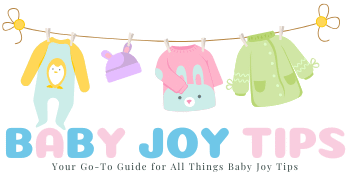
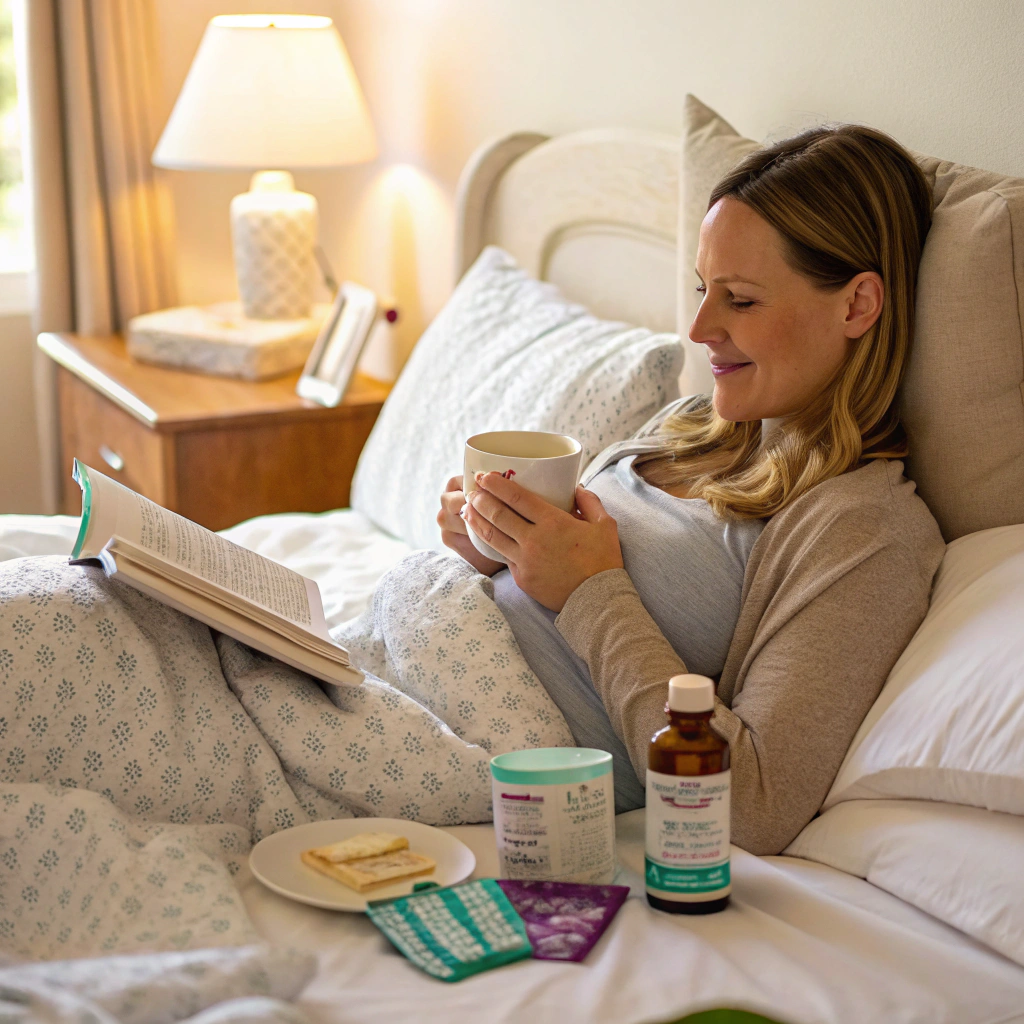


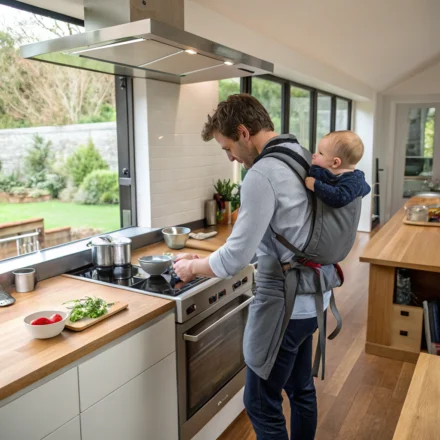

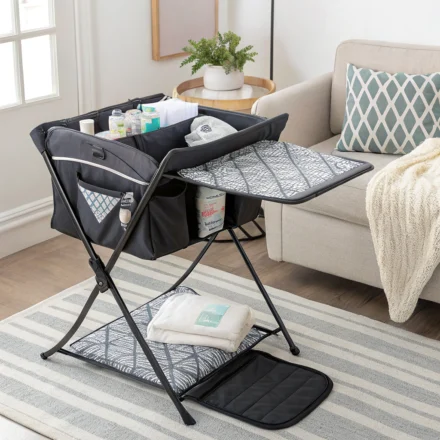

Leave a Comment